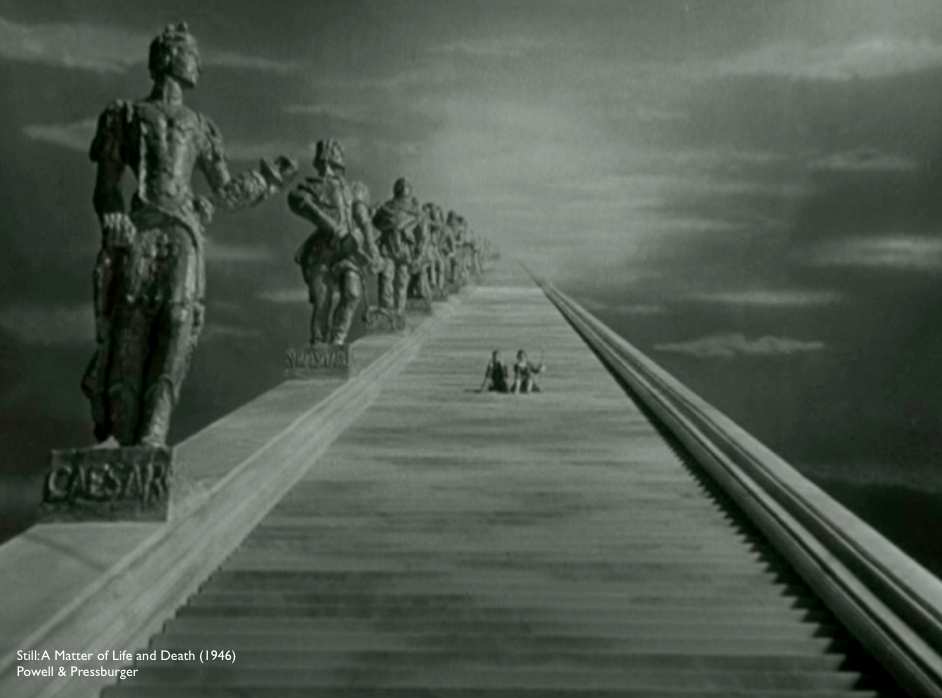 For many businesses, social is seen as just a handy bolt-on to their marketing or PR. Others, however, use social media as an opportunity to learn first-hand about the benefits of social business design.
For many businesses, social is seen as just a handy bolt-on to their marketing or PR. Others, however, use social media as an opportunity to learn first-hand about the benefits of social business design.
In a nutshell, social business design means bringing corporate and business strategy and operations up to date with digital technologies – and in line with the age of the empowered consumer. In other words, it’s about competitive advantage.
But the stairway from social media to the social business heaven is not a given. In fact, it appears that for the vast majority, social means sticking a widget on it, having a Facebook page, doing a bit of listening to customers or employees, and so on.
Something is amiss.
Perceptual blindness?
It is 1919. Budding Hungarian screenwriter Emeric Pressburger (one half of my all time favourite film makers) leaves Prague for his hometown of Miskolc in his summer break. He carries with him one of the first commercially available film projectors. He is eager to show it off to his parents.
One Sunday afternoon, his father suggests he shows a film or two to the local folk who work on the estate – ‘shepherds, coach drivers, farm labourers, who had never seen a film before – or even heard of them.’
Here’s what happens next – it’s an extract from Pressburger’s biography:
A group of them turned up in one of the small dusty barns where he had elected to give the show – without their wives. ‘They had no idea what to expect and had cautioned their women folk to stay at home.’ A couple of films were selected, and the audience settle down with expectation as Emeric cranked the handle.
The films ran for about ten minutes and the improvised blinds were drawn aside and the puzzled group were given a plate of cakes and a glass of beer. Emeric’s father asked them what they thought of the spectacle. Did they like the woman in the film? ‘Woman?’ What woman?’ responded the old herdsman who was acting as spokesman.
It transpired that none of the men had seen anything recognisable on the screen. They had only been aware of the projector’s beam and the interesting configurations of light.
Their eyes saw blotches of light, but could not interrelate them.
Brains and eyes had simply no precedent and had had none of the ‘training’ needed to be able to discern recognisable forms in the patterns of light. Pressburger called this phenomenon the ‘Shepherd’s Syndrome’. And there are many precedents. Simply put, convention and education conditions us to see only what we expect to see – despite the facts.
One fact is that truly social businesses are more competitive than those who aren’t. To start seeing patterns in light, we need to question what we think we already know. Create scenarios which push us out of our usual expectations. What do truly social businesses see that others don’t? Here’s some thinking points:
What if …
You considered your customers as active participants in your business – not just consumers?
- You stopped advertising tomorrow?
- Your business was open 24 hours a day and fully accessible by mobile?
- Every part of your organisation was re-engineered to be customer facing?
- Your customers drove product and service development?
You considered your employees as business decision makers?
- All your employees communicated in real time with each other instead of email?
- Each business unit was fully empowered to make their own decisions?
- Every employee contributed to the real-time development – and adjustment – of strategy?
- Your employees all worked from home?
You considered your suppliers and partners as shareholders
- Your partners, suppliers and yourself all exchanged business intelligence data?
- You, your partners, and your suppliers all had to solve each other’s problems?
- All had to share profits equally?
What if?
– Steve














